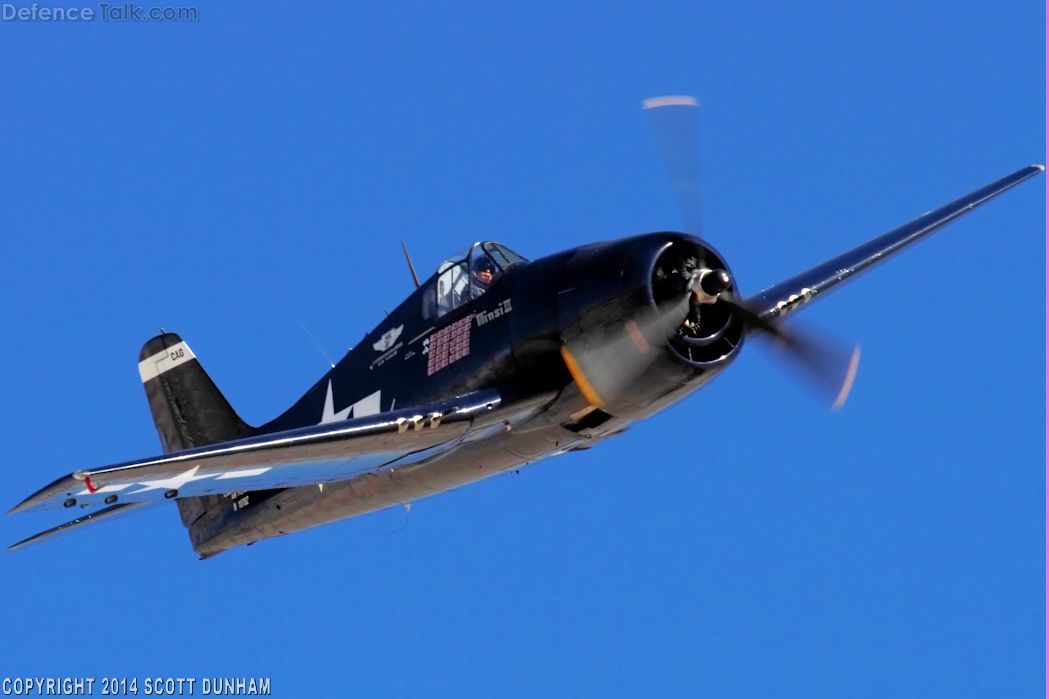First, some background; this is taken largely from a single book I’ve been reading: Hellcat, The F6F in World War II, by Barrett Tillman, Naval Institute Press 1979.
For many years, there was an aircraft manufacturer on Long Island called the Grumman Aircraft Engineering Corporation. Formed in 1929, this company, during World War II, was instrumental in developing and delivering important military aircraft to both theaters of war, though mostly the Pacific theater. To take but one example, in one month, March of 1945, Grumman delivered 658 aircraft to the United States Navy.
Barrett Tillman, in his book Hellcat referenced above, asserts that the primary reason for the exceptional success of Grumman was superb management. To quote Mr. Tillman from page 8 of the book:
“Equal credit [for this excellent management paradigm] goes to Roy Grumman and Jake Swirbul. They oversaw the efforts of some 20,000 employees working in a 2.5-million square-foot complex, turning out an average of almost one million dollars’ worth of aircraft and parts every day. Even more amazing is the fact that virtually none of the wartime workers had previous experience in building airplanes. A large percentage were women, but Grumman’s turnover rate was less than 3 percent – half the rate for the rest of the industry [my emphasis]. And there was never a strike or work stoppage; the employees saw no reason to unionize.
“In short,” Tillman relates, “Grumman was a happy place to work. Though the payroll expanded to more than ten times the prewar figure, the company still functioned like a small, close-knit family. There were [many] features: [everyone received a Christmas turkey,] daycare centers for children of working mothers, noon softball games, periodic airshows, frequent dances, [imaginative production methods,] even counseling offices …”
With that as background, the following short paragraph, also quoted from the book, will make sense as a sterling example of the idea behind a Scrum Master’s facilitation services to his/her team, so that the team collectively can maintain the utmost focus on the job at hand.
“But the best known, and probably the most appreciated, was Jake Swirbul’s “Green Car Service.” The object was to keep people on the job, relieving them of small distractions. A phone call or a word in the right place would send Jake’s Green Car scurrying off to perform almost any kind of service: fix a flat tire, start a dead battery, make sure the oven was off at home, deliver a message. Anything to keep the employee on the job.”
Cool, eh? That’s a primary goal of the facilitation a Scrum Master provides: keeping people on the team focused and on the job, that part of the job which is adding business value. (Would that we had good ways to visualize the flow of business value! Oh wait, that exact statement is at the top of page xviii of Mik Kersten’s Project to Product; I just began reading this book. It looks good for sure.)
btw here is the NASM page on their F6F-3K. It was an amazing aircraft for its day. (Image credit: defencetalk.com) 

